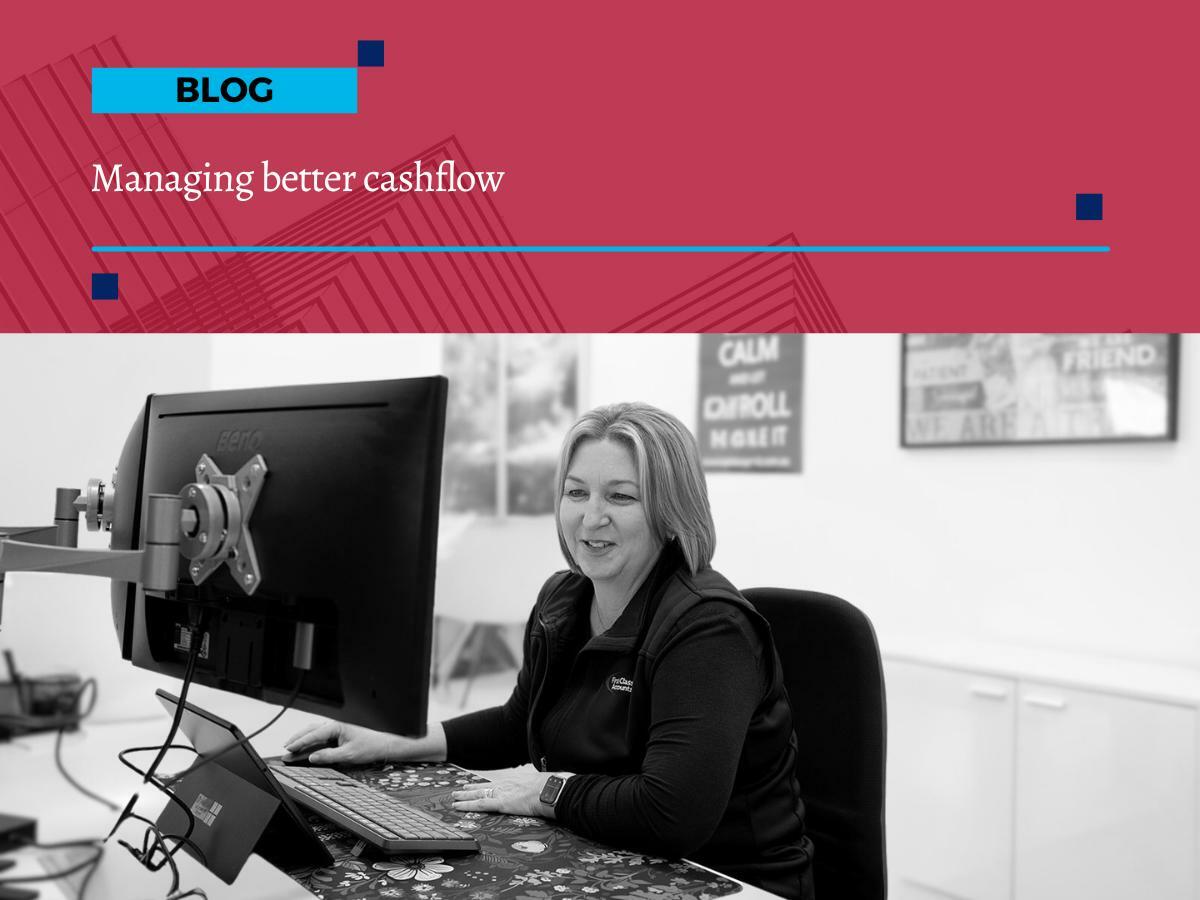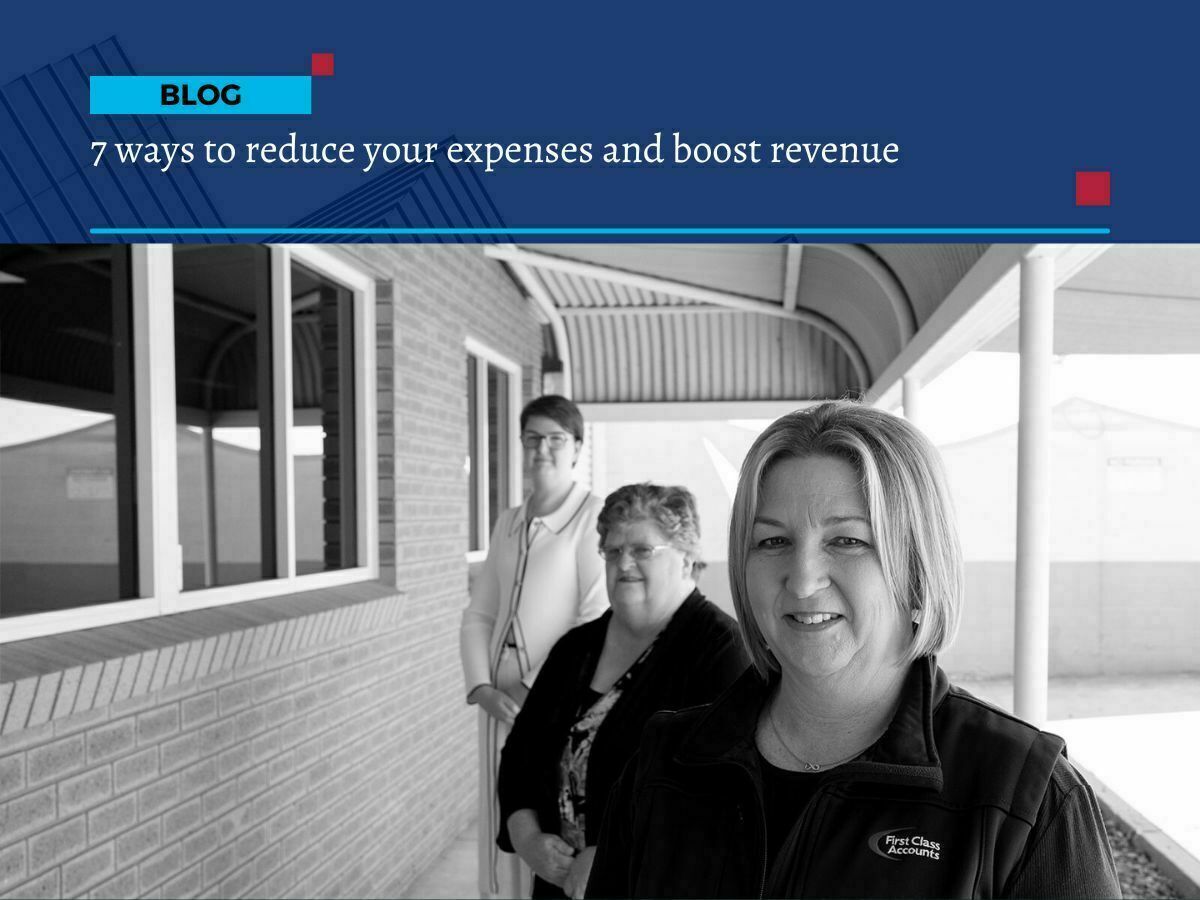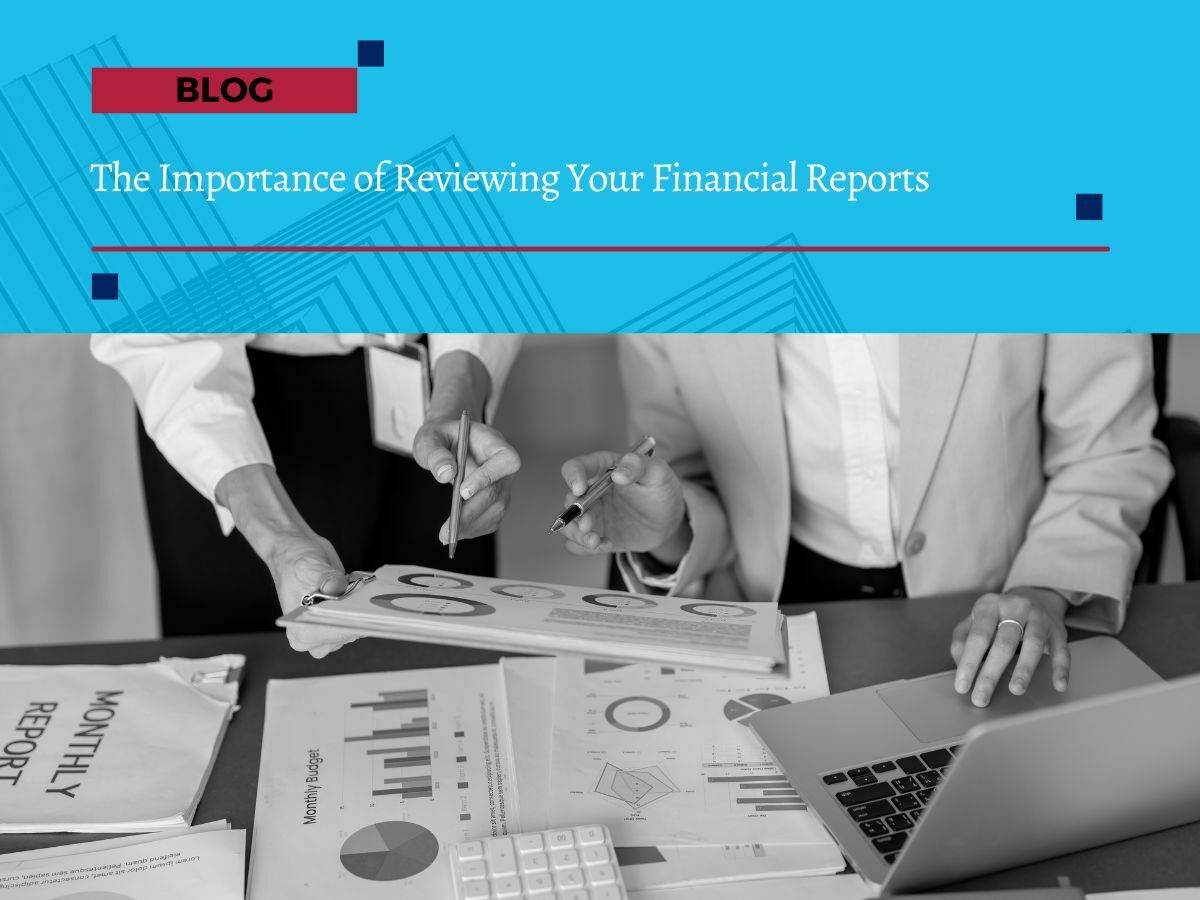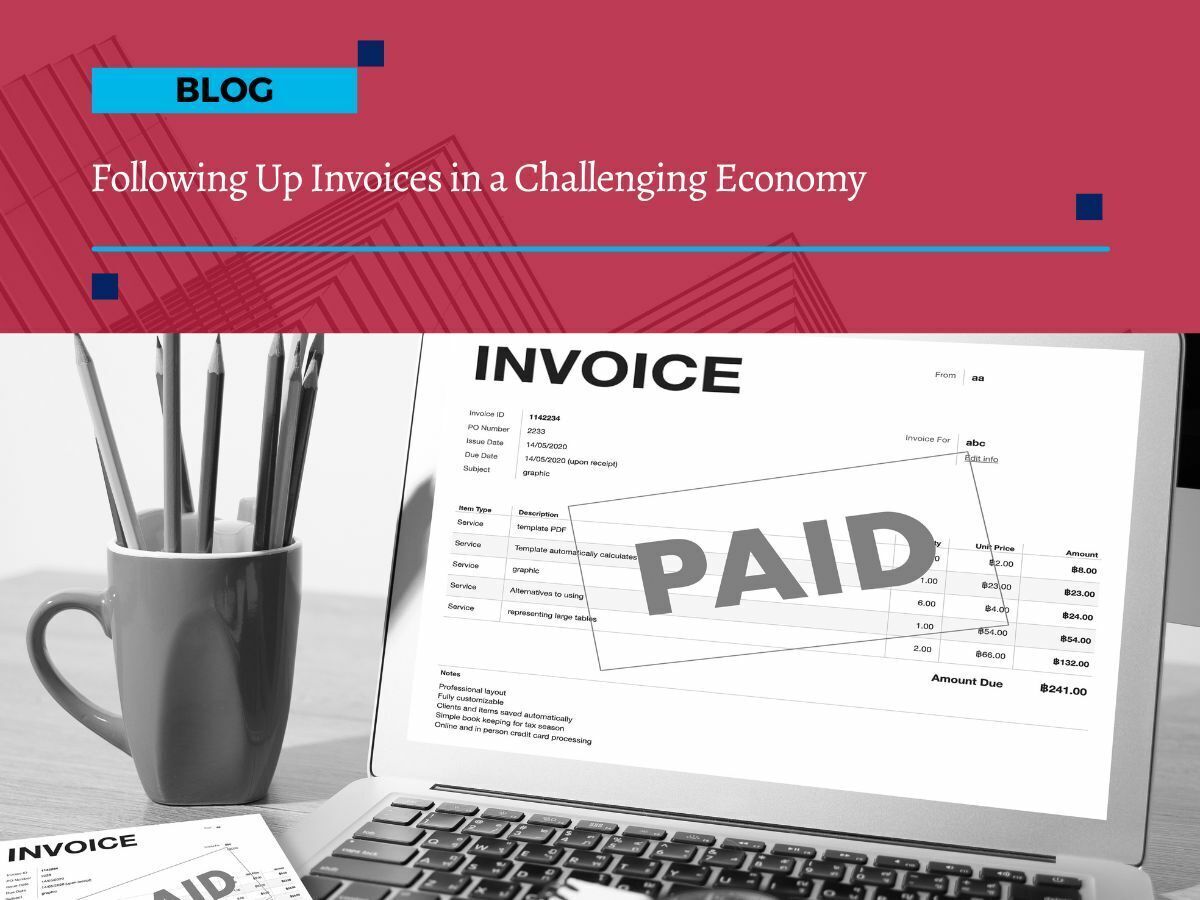
The difference between profit and cashflow
The difference between profit and cashflow
The purpose of a business is to make money, and that means you need to know the difference between profit and cashflow.
Net profit is what you have left after you deduct all your business expenses from all your revenue. You can improve net profit only by changing the things that affect revenue and expenses.
For example, if:
- You renegotiate with your suppliers, you may get stock cheaper, or carry less inventory
- Your staff engage with customers better, you can learn more about what they do and don’t like – and get more business
- You can roster staff differently, you may be able to run your business more efficiently.
Cashflow comes from various sources. However, it also covers operating expenses, taxes, equipment purchases, repayments, distribution, and so on.
Note that a profitable business does not always have good cashflow. And a business with good cashflow is not always profitable. For example, you can have good cashflow, and loss-making expenses.
If you're unsure about your cashflow or how to improve it, First Class Accounts Ovens & Murray can help. Our services include regular cashflow forecasting and reporting, so you always know where you stand financially.
Keeping cash crowned as King
Your business can’t survive without cash.
The following six takeaways are essential for business success:
- Protect your cash position, by knowing what it is. Build a cashflow statement and always keep it up-to-date. If you foresee a shortfall, start at once to fix it. At First Class Accounts Ovens & Murray, we help create and maintain cashflow statements, ensuring you have real-time data to support your decisions.
- Create a cash buffer as an insurance against unexpected difficulties.
- Protect your cash position against revenue shocks, by maintaining a balance equivalent to at least two months of operating expenses. We work with you to establish realistic cash reserves based on your business needs.
- Be realistic with revenue expectations. Take action now if it looks like sales are not going to get you to breakeven. If you need help analysing your revenue trends or setting achievable financial goals, we can provide expert advice and guidance.
- Credit checking up front will reduce the risk of customer non-payment. Make sure you follow up with clear payment terms agreed in writing. Communicate regularly with customers and automate where possible. We can help streamline this process through automation, freeing up your time to focus on growing your business.
- Every dollar you spend reduces cash reserves. The best way to protect your cash is to create a budget for the spend you know you need, and stick to it.
Ready to Improve Your Cashflow?
If you're looking to improve your cashflow or need advice on managing profit and cashflow together, make time to talk to us.
First Class Accounts Ovens & Murray provides a full range of bookkeeping services, including cashflow forecasting, budgeting, and management accounting, so everything gets done on time, accurately, and efficiently. We're here to help ensure your business stays financially healthy, allowing you to focus on what you do best.








